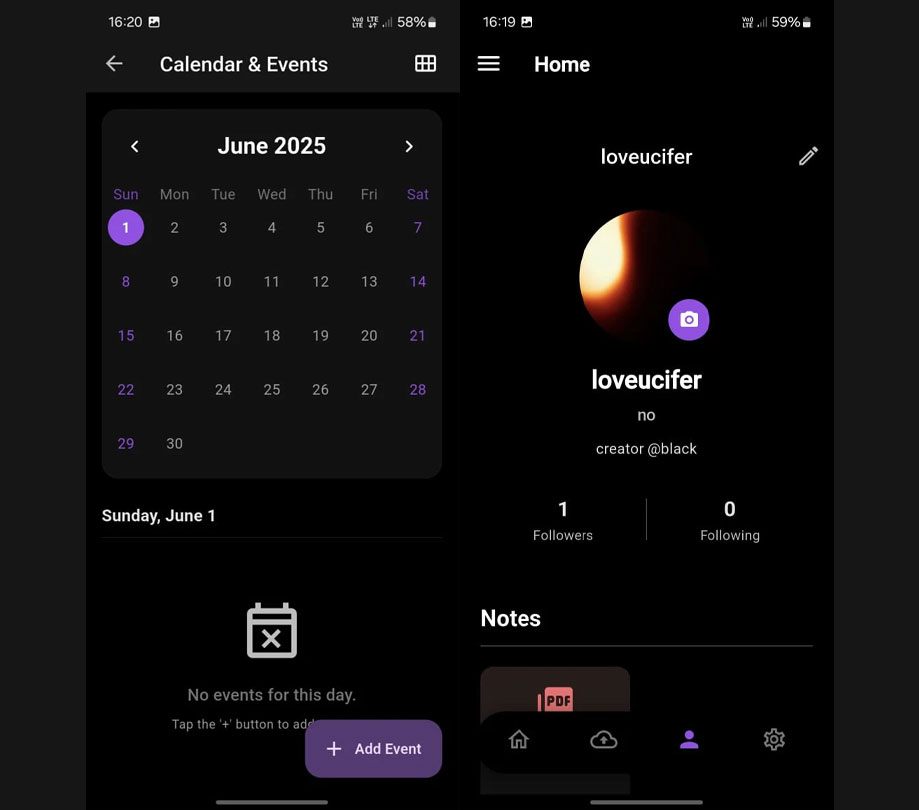Programming
Leveraging connectivity and integration to access new audiences
Tuesday, November 9, 2021

|
Daniel Twigg |

Daniel Twigg, Marketing Manager at Cyclr talks about leveraging connectivity and integration to access new audiences, the benefits of automation, how to use low code solutions, and why interconnectivity in businesses is desirable.
The need for interconnectivity
Businesses require a wide range of applications across departments to run effectively, and interconnectivity between these applications is becoming more desirable as businesses seek to drive increased efficiencies out of their systems and their staff. Application providers can capitalize on this need for interconnectivity by solving the issue within their applications, providing users with integrations as part of their package.
Leveraging connectivity and integration to access new audiences
By offering in-app native integrations with larger software providers, application providers are able to more easily expose their complementary services to wider user bases via partner programs and application-specific stores (such as Salesforce AppExchange for example, which provides thousands of software solutions to extend Salesforce).
Why automation and integration are so important
Business process automation (BPA) automates complex business processes and functions, usually through the implementation of advanced technologies. For example, email marketing automation is a common practice, whereby a company can use software to tailor its email parameters to the company's requirements and then set it to run automatically: for example, sending an introductory email when new contacts sign up to receive marketing communications.
Integrated automation can be defined as software workflows that operate independently and constantly with minimal human input after parameters have been set. An integrated automation platform (IAP) is a technology infrastructure that enables systems to integrate with one another. Software or machines copy human tasks and repeat these actions. IAPs will provide API orchestration tools that allow different parts of the infrastructure to coordinate the distribution and processing of data.

The benefits of automation and integration
The introduction of integration and automation means developer resources can be diverted elsewhere, enhancing workflows and improving accuracy and consistency in operations. Automation and integration are important for a number of reasons: it can give a company a competitive edge; it improves the user experience for customers, and it has long-term benefits in the form of increased value and brand loyalty.
These solutions are not only important for service providers but also for their customers, because they provide better consistency of service, faster response times, and, potentially, cost savings.
Few organizations take full advantage of data generated outside their walls, such as that provided by third parties, vendors, or public data sources. Integrations enable data from external systems to be leveraged, allowing an app to add value to existing data through additional processing or display views.
Creating an ecosystem
Because integrated automation solutions allow people to do more with a lot less, adopting an integration platform can help these processes and significantly transform a business. Streamlined operations can result in increased reliability, optimized performance, and reduced employee turnover. Another benefit of adding integration to an app is that it removes the need to build everything from scratch. For example, integrate with SendGrid to send marketing or sales emails, with a helpdesk solution like Zendesk to manage support, or with a customer experience application like Intercom to monitor and improve your application.
Integration can be used selectively too: by choosing which applications you integrate with you can target a particular vertical market. These markets can be used for co-marketing and enable apps to become visible on existing vendor platforms (such as Capterra, GetApp, etc.)

Using low code solutions to overcome technical challenges
Low code platforms provide a development environment that enables the creation of app software through graphical user interfaces (such as drag-and-drop functionality) and configuration.
You don't need to be an experienced developer to use a low-code development program. Instead, it is possible to create applications using a visual user interface in combination with model-driven logic. This visual user interface enables repeatable tasks thanks to drag-and-drop functionality. Such platforms can produce entirely operational applications, or support additional coding for specific situations.
An email marketing platform like MailChimp or SendGrid, with an in-built email template creator, allows users to create an email as they want it to look and takes care of the fiddly stuff like how it renders in different email providers, thus avoiding the nightmares of old Outlook formatting, for example.
Using a low-code SaaS platform, business users and IT can collaborate on building applications with modern user interfaces, integrations, data, workflows, and business logic, to deliver business results in record time. Low-code platforms can also lower the initial cost of setup, training, deployment, and maintenance.
Coding for non-coders
While coding is a much more customizable way of working, there's a trade-off in terms of developer resources. Low-code development platforms reduce the amount of traditional hand-coding, enabling accelerated delivery of business applications. This means that a wider range of people within an organization can contribute to the application's development, not just those with formal programming skills. And by having a broader range of people participate in the development, you get a broader perspective on things, which often leads to ideas and solutions that might otherwise be missed.
By opening up the option for app integrations to a wider audience, you can have people who understand the business side of things getting involved directly, rather than just developers.
Another advantage is that developers often have their own ways of working. Think of a dozen programmers, who each do something in their own particular way. But if one of them leaves, then traditional coding doesn't provide any standardization for picking up where they left off. Low code SaaS platforms provide standardization of certain things, such as approach, formatting, and more, making the whole process a lot more fluid and flexible. Low code, therefore, formalizes a standardized process and makes it repeatable.
Many businesses struggle because the many apps and services within their network (which could easily be in the hundreds) have not been properly optimized for mobile and the requirements of mobile are always changing and are difficult to keep up with. But developers are a skilled and costly resource, and it is much better to have them work on their platform's core features, allowing them to accelerate its development, while other teams build enhancements via low code.
Low code is a great way to improve a company's mobile capabilities because many are specifically geared towards mobile app development. And because most companies that offer low-code solutions are at the cutting edge of technology, they are often optimized for mobile.

Powerful prototyping
Low code integration tools enable anyone in an organization to create new integrations that bridge departments and help them to run more effectively. Thanks to its more agile nature, using pre-existing parts means you don't need to reinvent the wheel, it also offers an increased speed of delivery. Low code obscures the technicality, especially when working with different systems that each have their own ways of operating.
This obfuscation of the technical details is another reason that low code is so useful for rapidly developing and testing prototypes of new features. Low code platforms, when compared to a high-profile UI/ UX specialist or manual coding, are fast, flexible, and proven. It is easy to iterate using a low code platform. Low code tools enable new features to be prototyped and tested: and they are not just prototypes but have actual code so that they can be immediately implemented.
When it comes to remote user testing, just send a link to the web app and it will look and work well on all computers. Designers spend a lot of time on prototypes that need to be implemented in production by developers, which makes the whole process incredibly complex and time-consuming. It's not reasonable to expect the designer to code or the developer to design. But what if the designer could actually design a working app with low code tools? A total win-win. Low code makes the prototyping process more efficient and faster and can bring new prototyping possibilities to reality in an organization. And faster prototyping allows for faster user testing, so features can be more easily refined and tuned ready for launch.
More effective, more agile, and more accessible
The accessibility of the platform allows ideas to come in from other areas of the organization, while integration and connectivity open it up to new audiences by adding value to established platforms, solving something that they alone couldn't have done, and allowing them to leverage their user bases through partner programs. Low code tools enforce standardization as well as make it easier for teams to work together and on other people's tasks: there's no need to decode how someone else has written something. Low code also enables rapid prototyping so you can quickly test new features with users.
These new low code platform-driven features can also make a business "stickier" to its users, as it provides additional services that make their lives easier and will become essential to their processes with how they interact with other applications.
Offering greater connectivity and interaction across a business's departments and its users, low code opens up new audiences both inside and outside the organization.
This content is made possible by a guest author, or sponsor; it is not written by and does not necessarily reflect the views of App Developer Magazine's editorial staff.

Become a subscriber of App Developer Magazine for just $5.99 a month and take advantage of all these perks.
MEMBERS GET ACCESS TO
- - Exclusive content from leaders in the industry
- - Q&A articles from industry leaders
- - Tips and tricks from the most successful developers weekly
- - Monthly issues, including all 90+ back-issues since 2012
- - Event discounts and early-bird signups
- - Gain insight from top achievers in the app store
- - Learn what tools to use, what SDK's to use, and more
Subscribe here












Comments